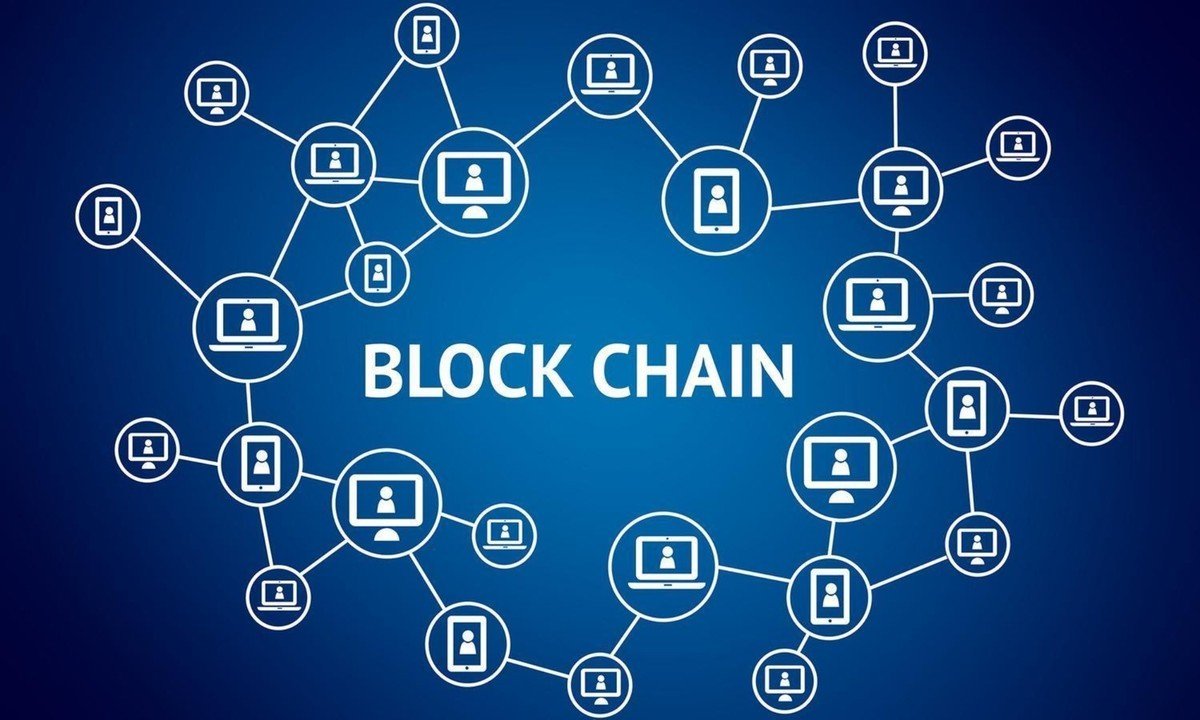Technology plays a critical role in advancing environmental conservation efforts by offering innovative solutions to some of the most pressing environmental challenges. From monitoring ecosystems and managing natural resources to reducing pollution and promoting sustainable practices, technology is driving a new era of conservation. As the world faces increasing threats from climate change, deforestation, biodiversity loss, and pollution, leveraging technology is more crucial than ever.
1. Enhancing Environmental Monitoring and Data Collection
1.1. Remote Sensing and Satellite Technology:
- Monitoring Deforestation and Land Use Changes: Satellites provide real-time data on deforestation, land use, and ecosystem changes, enabling scientists, policymakers, and conservationists to monitor and respond to threats like illegal logging, land degradation, and habitat destruction. Programs like NASA’s Landsat and ESA’s Sentinel satellites provide detailed imagery that can track changes in forests, oceans, and deserts.
- Tracking Climate Patterns and Disasters: Satellite technology helps monitor climate patterns, such as sea level rise, temperature changes, and weather events. It also aids in disaster management by providing early warnings for floods, hurricanes, and wildfires, allowing communities to prepare and mitigate damage.
1.2. Drones and Aerial Surveillance:
- Surveying Remote and Inaccessible Areas: Drones equipped with cameras and sensors are used to survey remote and difficult-to-access areas, such as dense forests, mountains, and wetlands. They help monitor wildlife populations, assess habitat conditions, and detect illegal activities like poaching and logging.
- Precision Agriculture and Forest Management: Drones are used in precision agriculture to monitor crop health, optimize irrigation, and apply fertilizers more accurately. In forestry, drones help assess forest health, track tree growth, and detect diseases or pest infestations.
1.3. Internet of Things (IoT) and Sensors:
- Real-Time Environmental Monitoring: IoT devices and sensors are deployed in forests, oceans, and cities to monitor environmental parameters like air and water quality, soil moisture, temperature, and wildlife movement. For example, smart sensors can detect pollutants in rivers or oceans and alert authorities to potential environmental hazards.
- Wildlife Tracking and Conservation: IoT-enabled tracking devices attached to animals provide real-time data on their location, behavior, and migration patterns. This data helps conservationists understand animal habits, assess threats, and implement targeted protection strategies.
2. Promoting Sustainable Resource Management
2.1. Smart Water Management:
- Efficient Irrigation Systems: Smart irrigation systems use real-time weather data, soil moisture sensors, and machine learning algorithms to optimize water use in agriculture. This reduces water waste and ensures that crops receive the right amount of water.
- Leak Detection and Water Conservation: IoT-enabled sensors detect leaks in water distribution systems, reducing water loss and improving efficiency. Smart meters also provide consumers with data on their water usage, encouraging conservation practices.
2.2. Renewable Energy Technologies:
- Solar and Wind Power: Advances in solar panels, wind turbines, and energy storage technologies have made renewable energy more efficient and cost-effective. These technologies reduce dependence on fossil fuels, lower greenhouse gas emissions, and promote cleaner energy production.
- Smart Grids: Smart grids use digital technology to manage electricity demand and supply efficiently. They integrate renewable energy sources, optimize energy use, and reduce transmission losses, contributing to a more sustainable energy system.
2.3. Precision Agriculture:
- Reducing Chemical Use: Precision agriculture technologies, such as GPS-guided tractors, soil sensors, and drones, allow farmers to apply fertilizers, pesticides, and herbicides only where needed, minimizing chemical use and reducing environmental impact.
- Improving Crop Yields: Data-driven farming techniques help optimize planting schedules, irrigation, and crop management, resulting in higher yields with fewer resources. This reduces the pressure on land and water resources and supports food security.
3. Reducing Pollution and Waste
3.1. Waste Management Technologies:
- Smart Waste Collection: IoT-enabled waste bins and smart sensors help optimize waste collection routes, reducing fuel consumption and emissions from waste collection trucks. They also provide data on waste generation patterns, helping cities develop better waste management strategies.
- Recycling Innovations: Advanced recycling technologies, such as automated sorting machines and chemical recycling processes, improve the efficiency and effectiveness of recycling programs. This reduces the amount of waste sent to landfills and lowers the environmental impact of waste disposal.
3.2. Pollution Control Technologies:
- Air Quality Monitoring: Low-cost air quality sensors and real-time data platforms provide detailed information on air pollution levels, helping cities and communities take timely action to reduce emissions and protect public health.
- Water Purification and Treatment: Innovative technologies, such as advanced filtration systems, nanotechnology, and biological treatments, improve water purification and wastewater treatment. These technologies help remove contaminants, pathogens, and pollutants from water, ensuring a safe and clean water supply.
4. Conserving Biodiversity and Protecting Ecosystems
4.1. Artificial Intelligence (AI) and Machine Learning:
- Analyzing Big Data for Conservation: AI and machine learning algorithms analyze vast amounts of data from satellites, drones, sensors, and social media to identify patterns and trends in environmental changes. This helps conservationists predict threats, such as poaching, deforestation, or habitat loss, and respond proactively.
- Monitoring Wildlife and Ecosystems: AI-powered image recognition tools analyze camera trap footage to monitor wildlife populations, detect illegal activities, and track changes in ecosystems. AI also helps identify and classify species, especially in remote and inaccessible areas.
4.2. Digital Platforms and Citizen Science:
- Crowdsourcing Conservation Efforts: Digital platforms and mobile apps enable citizens to participate in environmental monitoring and conservation efforts. For example, apps like iNaturalist allow users to document species sightings, contributing valuable data to biodiversity databases.
- Engaging the Public: Technology-driven citizen science initiatives engage communities in environmental conservation, raising awareness and fostering a sense of stewardship for local ecosystems.
5. Supporting Climate Change Mitigation and Adaptation
5.1. Climate Modeling and Prediction:
- Advanced Climate Models: Supercomputers and AI algorithms are used to create advanced climate models that predict future climate scenarios. These models help policymakers and scientists understand the potential impacts of climate change and develop effective mitigation and adaptation strategies.
- Early Warning Systems: Technology enables early warning systems for extreme weather events, such as hurricanes, floods, and droughts. These systems help communities prepare and reduce the impact of climate-related disasters.
5.2. Carbon Capture and Storage (CCS):
- Reducing Carbon Emissions: Carbon capture and storage (CCS) technologies capture CO2 emissions from industrial processes and power plants and store them underground, preventing them from entering the atmosphere. These technologies are critical for reducing greenhouse gas emissions and mitigating climate change.
6. Leveraging Blockchain for Environmental Transparency
6.1. Promoting Sustainable Supply Chains:
- Tracking and Verifying Sustainability: Blockchain technology offers a transparent and tamper-proof way to track the origins of products and verify sustainable practices in supply chains. For example, it can be used to verify that products labeled as “sustainable” or “organic” meet specific environmental standards.
- Enhancing Carbon Credit Trading: Blockchain is being used to create secure and transparent platforms for carbon credit trading. This technology ensures that carbon credits are accurately tracked, reducing fraud and increasing trust in carbon markets.
7. Facilitating Environmental Education and Awareness
7.1. Virtual Reality (VR) and Augmented Reality (AR):
- Immersive Environmental Education: VR and AR technologies create immersive experiences that help people understand complex environmental issues. For example, VR can transport users to endangered ecosystems, allowing them to witness the impacts of climate change or deforestation firsthand.
- Raising Awareness and Empathy: These technologies can raise awareness and empathy by providing virtual experiences of environmental challenges, encouraging people to take action to protect the environment.
7.2. Online Platforms and Digital Campaigns:
- Spreading Environmental Knowledge: Online platforms, social media, and digital campaigns help spread environmental knowledge, mobilize support for conservation initiatives, and engage a global audience in environmental advocacy.
- Connecting Global Communities: Technology connects environmental organizations, researchers, and activists worldwide, facilitating collaboration, sharing best practices, and amplifying the impact of conservation efforts.
Discover New Entertainment Options
If you’re looking for a fun and engaging way to spend your time, exploring good online casinos can be an exciting option. They offer a wide range of games, including slots, poker, and more, all available at your fingertips. Whether you’re an experienced player or just starting, there’s something for everyone. Enjoy a safe, enjoyable, and thrilling experience with some of the best online gaming platforms.
Conclusion
Technology is a powerful tool for advancing environmental conservation by enhancing monitoring capabilities, promoting sustainable practices, reducing pollution, protecting biodiversity, supporting climate action, and educating the public. By harnessing the potential of technological innovations, we can address environmental challenges more effectively, ensure the sustainable management of natural resources, and build a healthier, more resilient planet for future generations. As technology continues to evolve, its role in conservation will only become more critical, offering new opportunities to safeguard our environment in the face of growing threats.
Taking a Break: Digital Wellness and Casual Gaming
Tech professionals and enthusiasts alike understand the importance of maintaining focus, but also recognize the value of mindful breaks. Light online games or activities can be a relaxing way to refresh. If you’re looking for a casual escape between work sessions, exploring a casino bonus could offer a bit of low-pressure fun—just be sure to enjoy responsibly and in moderation.









